Go Akamai cameras provide live traffic updates across Hawaii, helping drivers check road conditions before traveling. With real-time views from highways and Honolulu streets, these cameras make commuting easier and safer. The GoAkamai platform ensures smooth navigation with accurate, up-to-date traffic information.
“Stay tuned with us as we dive deeper into go akamai cameras, exploring how they work, their coverage across Hawaii, and how they help commuters with real-time traffic updates.”
Introduction to Go Akamai Cameras
Getting stuck in traffic can be frustrating, especially when you’re rushing to work, catching a flight, or planning a road trip. In Hawaii, where roadways are often limited and congestion can build quickly, real-time updates are crucial. That’s where Goakamai cameras live come in. These traffic cameras give drivers a clear picture of current road conditions so they can plan smarter routes, avoid unnecessary delays, and travel with confidence.
GoAkamai is a joint initiative developed by the Hawaii Department of Transportation (HDOT) and the City and County of Honolulu. It provides free access to traffic information, travel times, incidents, and camera feeds across key roadways. By checking Hawaii traffic cameras live through GoAkamai, locals and visitors can make informed decisions before starting their journey.
In this guide, we’ll explore everything you need to know about go akamai cameras—what they are, how to access them, where they’re located, and why they’re such an important tool for commuters. Whether you’re a daily driver on Oʻahu or a visitor exploring Maui, this complete breakdown will help you understand how to use GoAkamai effectively.
What Is GoAkamai and How Cameras Play a Role
GoAkamai is Hawaii’s official traffic information service, launched to improve roadway safety and reduce congestion. The word “akamai” means “smart” or “clever” in Hawaiian, which perfectly reflects the system’s purpose: helping drivers make smarter travel choices.
The platform combines several tools, but its cameras are among the most widely used. These Goakamai cameras live provide real-time snapshots of traffic conditions at major highways, intersections, and critical choke points. Unlike traditional traffic reports that only describe delays, these cameras give visual confirmation of road conditions.
For example, if you’re planning a drive from Honolulu to Kapolei during rush hour, simply checking the Honolulu live Cameras feed on the Honolulu Traffic Cameras live map can show you whether lanes are congested or moving smoothly. This transparency reduces stress for drivers and helps distribute traffic more evenly across available routes.
Cameras also play a crucial role during accidents, weather disruptions, or large events. Authorities use them to monitor incidents, and drivers use them to decide whether to wait, reroute, or adjust travel times. In short, the cameras are the “eyes” of Hawaii’s smart transportation system.
Coverage Areas of Go Akamai Cameras
One of the strengths of go akamai cameras is their widespread coverage across Hawaii’s busiest areas. The majority of cameras are located on Oʻahu, where traffic is often heaviest, but Maui has also seen an increasing number of installations.
On Oʻahu, the system covers key corridors such as H-1, H-2, H-3, and Nimitz Highway. Interchanges, downtown Honolulu, and major suburban routes are well monitored. This ensures that drivers traveling to and from popular spots like Waikīkī, Pearl Harbor, or Ko Olina can see real-time updates on the Honolulu Traffic Cameras live map before heading out.
Maui has fewer cameras but continues to expand. Recently, cameras were added to Central Maui to assist both residents and visitors who rely heavily on a limited number of main roads. These new installations help track traffic near Kahului, Wailuku, and key junctions connecting upcountry Maui.
The Hawaii Department of Transportation has also hinted at adding more Hawaii traffic cameras live to other neighbor islands in the future. For now, Oʻahu and Maui drivers benefit the most, but coverage is steadily growing. With each new installation, go akamai cameras move closer to providing island-wide visibility.
How to Access and Use Go Akamai Cameras Online
Using Goakamai cameras map online is simple and user-friendly. The official GoAkamai website offers an interactive map where drivers can zoom into specific areas and select individual camera feeds.
Here’s how it works:
- Visit the official GoAkamai website.
- Open the “Cameras” tab.
- Navigate the Goakamai cameras map to find your desired location.
- Click a camera icon to view the latest snapshot.
The feeds update regularly, though they are still images rather than continuous video streams. This reduces bandwidth requirements while still delivering near real-time conditions. Each snapshot typically refreshes every few minutes, ensuring drivers see up-to-date traffic flow.
The online interface also allows users to combine camera views with other features like traffic incidents, construction zones, and estimated travel times. This integration makes the platform more powerful than simply relying on standalone navigation apps.
Whether you’re planning a long trip or just want to check if a freeway is backed up, the online access to Goakamai cameras live provides reliable, official data directly from transportation authorities.
Viewing Go Akamai Cameras on Mobile Apps (iOS & Android)
In addition to its website, GoAkamai offers mobile applications for both iOS and Android. These apps make accessing Goakamai cameras app quick and convenient, especially when you’re already on the move.
The Goakamai app interface mirrors the online map, allowing users to tap camera icons and view current snapshots. It also includes traffic speed data, lane closures, and travel time estimates between major points. Notifications and push alerts can be customized, which is especially useful for daily commuters.
On iOS, the app is lightweight and optimized for smooth performance. Android users also have a well-supported version with similar functionality. Both apps are free to download and maintained by the Hawaii Department of Transportation in collaboration with local agencies.
The mobile version of GoAkamai ensures that drivers don’t need to sit at a desktop to check cameras. Whether you’re leaving the office, about to pick someone up from the airport, or adjusting plans on a road trip, the Goakamai cameras app puts live updates at your fingertips.
Real-World Uses of Go Akamai Cameras for Commuters
The true value of go akamai cameras becomes clear in real-life situations. Commuters across Oʻahu rely on them daily to gauge traffic before heading out. Instead of depending solely on GPS estimates, drivers can visually confirm whether lanes are clear or jammed.
For example, during rush hour in Honolulu, traffic along H-1 can vary significantly. A quick look at the Honolulu Traffic Cameras live map app might show heavy congestion near Pearl City, while cameras closer to town reveal smoother flow. With this information, a driver could decide to leave later or take an alternate route.
Tourists also benefit. Visitors heading to attractions like the North Shore or Haleakalā can check Hawaii traffic cameras live feeds to see if routes are clear, ensuring they maximize their limited vacation time. Similarly, delivery drivers and service providers use the cameras to plan schedules and avoid unnecessary downtime stuck in traffic.
During major events, such as concerts, parades, or weather disruptions, Goakamai cameras live act as a critical planning tool. They allow both authorities and the public to make smarter decisions in real time.
Benefits of Using Go Akamai Cameras
There are several reasons why go akamai cameras are widely considered a valuable tool for Hawaii drivers:
- Real-Time Awareness: Drivers get instant visibility of actual road conditions with Hawaii traffic cameras live.
- Better Planning: Cameras help users choose departure times and routes wisely.
- Stress Reduction: Seeing conditions firsthand reduces uncertainty and anxiety.
- Public Safety: Authorities can quickly identify incidents and alert the public.
- Tourist Support: Visitors unfamiliar with local traffic patterns gain reliable guidance.
Unlike third-party navigation apps that rely mainly on crowd-sourced data, GoAkamai provides government-managed, official insights. This makes the camera system trustworthy and accurate, giving drivers confidence in their travel decisions.
In essence, using Goakamai cameras live goes beyond convenience—it’s about safety, efficiency, and peace of mind on Hawaii’s roads.
Common Issues and Limitations of Go Akamai Cameras
While useful, go akamai cameras are not without challenges. One of the most common issues is temporary downtime. Cameras may occasionally go offline for maintenance or due to technical malfunctions. This can frustrate drivers who rely on specific feeds.
Another limitation is refresh speed. Because the system uses still images rather than continuous live video, there can be a short delay between what you see and current conditions. For most users this delay is minor, but in rapidly changing situations like sudden accidents, it may not capture the full picture.
Coverage gaps also remain. While Oʻahu and Maui are well supported, other islands like Kauaʻi and Hawaiʻi Island have limited or no coverage. This means drivers outside major regions don’t benefit as much.
Lastly, some users have suggested improvements to the Goakamai app and Honolulu Traffic Cameras live map app, such as faster updates, higher resolution images, and better mobile integration. These limitations don’t diminish the overall usefulness of go akamai cameras, but they highlight areas for future enhancement.
Tips for Getting the Most Out of Go Akamai Cameras
To maximize the benefits of go akamai cameras, users should adopt a few best practices. First, check the cameras before leaving home or work, rather than once you’re already stuck in traffic. This allows you to choose the best route from the start.
Bookmarking your most-used cameras on the Goakamai cameras map can also save time. For example, if you frequently travel between Downtown Honolulu and Kapolei, bookmarking cameras along H-1 can give you a quick overview in seconds.
It’s also smart to combine camera views with traffic incident updates. While cameras show what’s happening visually, incident alerts explain why traffic is building. This combination provides a more complete understanding.
Finally, be mindful of refresh rates. Don’t rely on a single snapshot to represent conditions for the next 30 minutes. Checking multiple cameras along your route on the Honolulu live Cameras feed gives a more accurate picture of overall flow.
By applying these strategies, drivers can ensure they use go akamai cameras as effectively as possible.
Go Akamai Cameras vs Other Traffic Camera Services
| Feature | Go Akamai Cameras | Third-Party Apps (Google Maps, Waze) | Other State DOT Cameras |
| Source of Data | Official HDOT & City of Honolulu | Crowd-sourced user data | Varies by state |
| Coverage | Oʻahu & Maui (growing) | Statewide navigation but limited visual | Regional |
| Camera Type | Still snapshots, frequent refresh | No direct camera views | Some live feeds |
| Reliability | High (government-managed) | Depends on user activity | Inconsistent |
| Extra Features | Incidents, travel times, alerts | GPS routing, turn-by-turn directions | Limited |
This comparison shows that while Goakamai cameras live may not offer turn-by-turn navigation, they provide reliable, official visual confirmation of traffic conditions that apps like Google Maps and Waze cannot. For Hawaii drivers, combining both tools often gives the best results.
FAQ’s About Go Akamai Cameras
Q1: Are go akamai cameras part of the official Goakamai app?
Yes, the Goakamai app includes camera feeds along with traffic speeds and incident reports.
Q2: Can I view Goakamai cameras live on the Honolulu Traffic Cameras live map?
Yes, the Honolulu Traffic Cameras live map integrates camera feeds across Oʻahu.
Q3: Do the Goakamai cameras app and website provide the same features?
Both platforms offer access to cameras, but the Goakamai cameras app adds mobile notifications and easier navigation.
Q4: Are Hawaii traffic cameras live for all islands?
Currently, Oʻahu and Maui have the most coverage, while other islands have limited availability.
Q5: Can tourists use Honolulu live Cameras before planning trips?
Absolutely. The Honolulu live Cameras feature is free and helps visitors avoid congestion during sightseeing.
Future of Go Akamai Cameras and Upcoming Enhancements
The Hawaii Department of Transportation continues to expand the reach and capabilities of go akamai cameras. Recent updates included new cameras in Central Maui, and similar additions are planned for other high-traffic areas.
Looking ahead, upgrades may include higher-resolution images, faster refresh rates, and expanded coverage across more islands. Integration with AI could allow Goakamai cameras live to detect incidents automatically and send alerts. Enhanced features in the Honolulu Traffic Cameras live map app may also give drivers more control over notifications and personalized views.
As Hawaii’s population grows and tourism increases, the demand for reliable traffic data will only rise. With ongoing investment, go akamai cameras will remain a cornerstone of the state’s smart transportation system.
Conclusion
Go akamai cameras have become an essential resource for Hawaii drivers. By providing real-time snapshots through the Goakamai cameras map and mobile Goakamai cameras app, they reduce stress, improve planning, and enhance safety. Whether you’re commuting daily on Oʻahu or exploring Maui as a visitor, these cameras give you the insights needed to travel smarter.As coverage expands and technology improves, including the Honolulu Traffic Cameras live map app, GoAkamai will continue to evolve into an even more powerful tool. For now, it remains one of the most reliable and accessible ways to understand what’s happening on Hawaii’s roads—before you even start your engine.
Also Read:
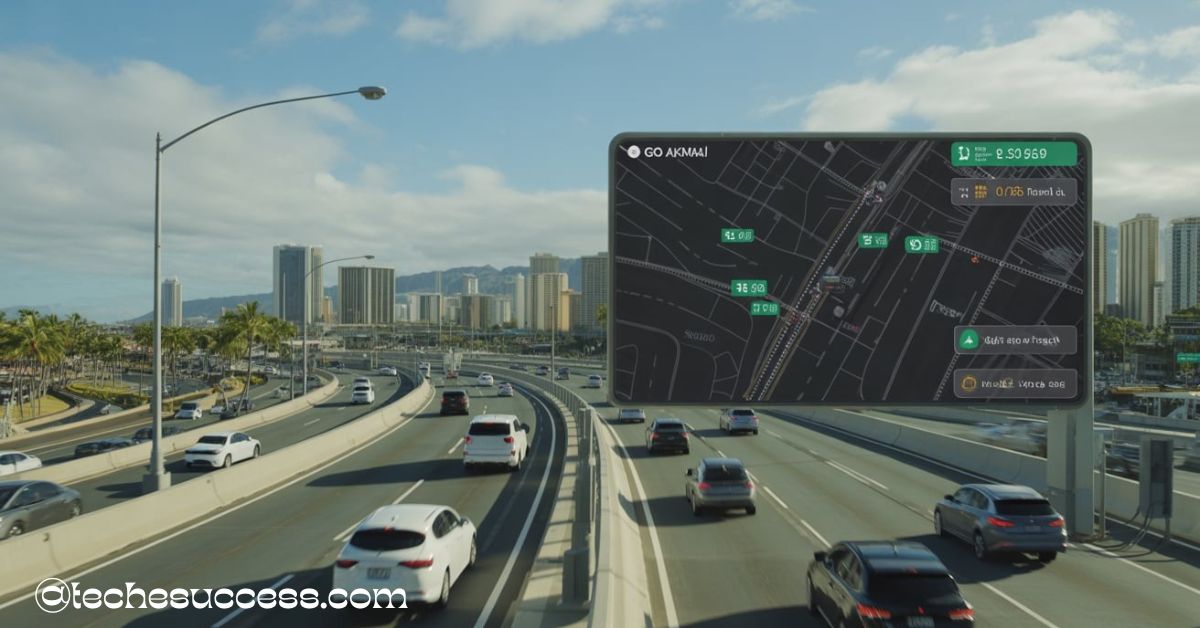
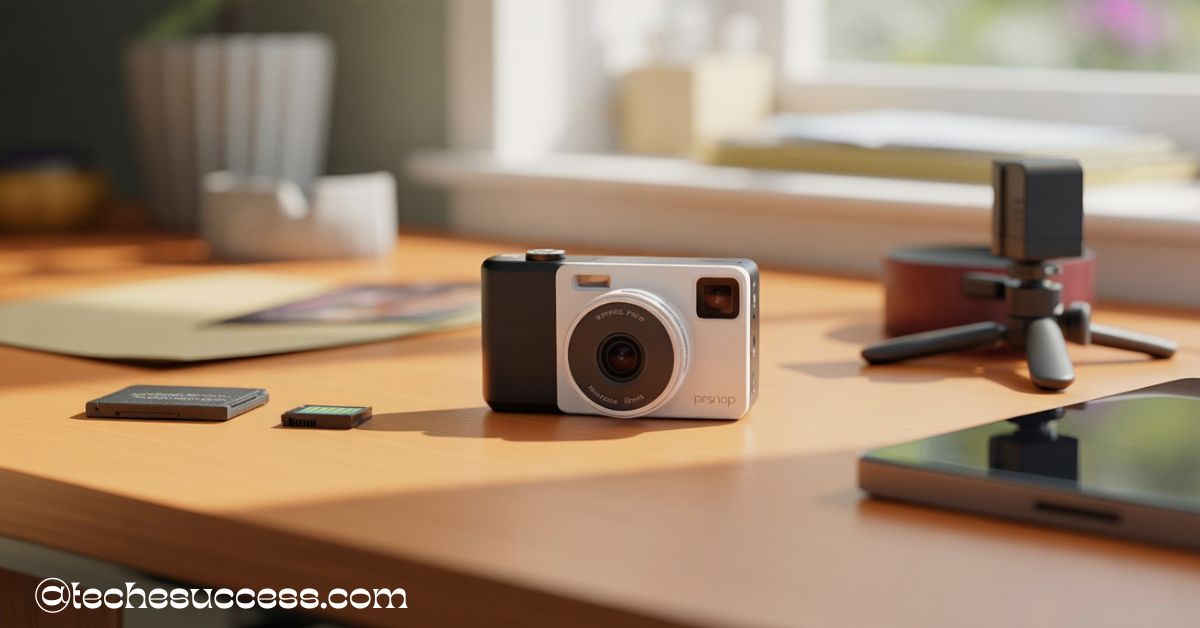

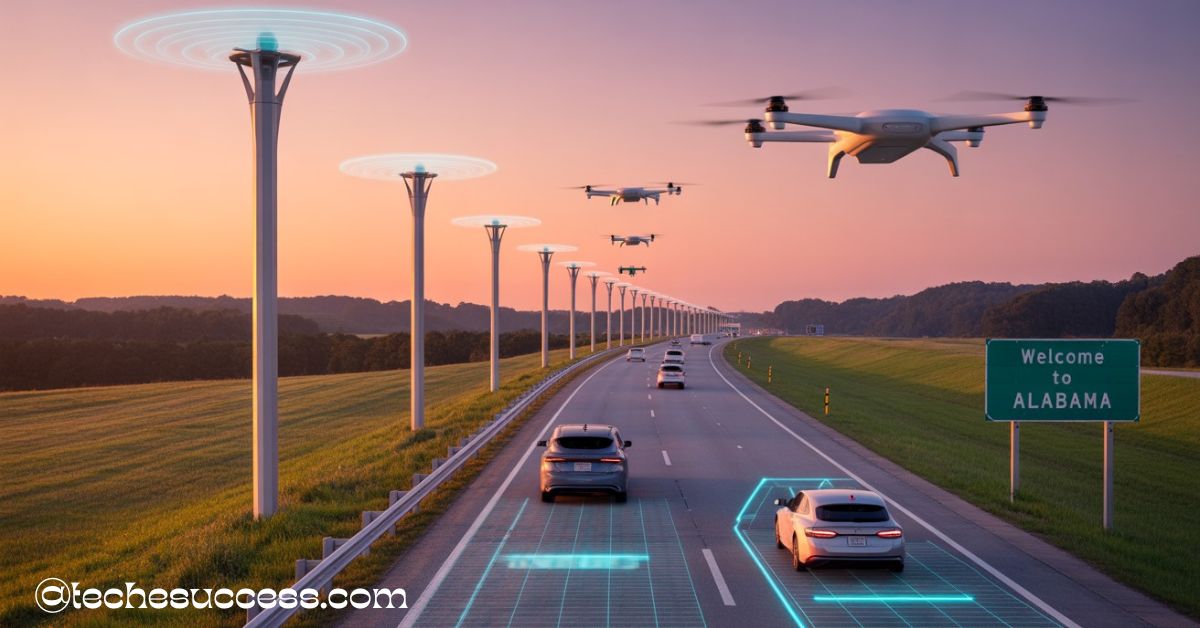
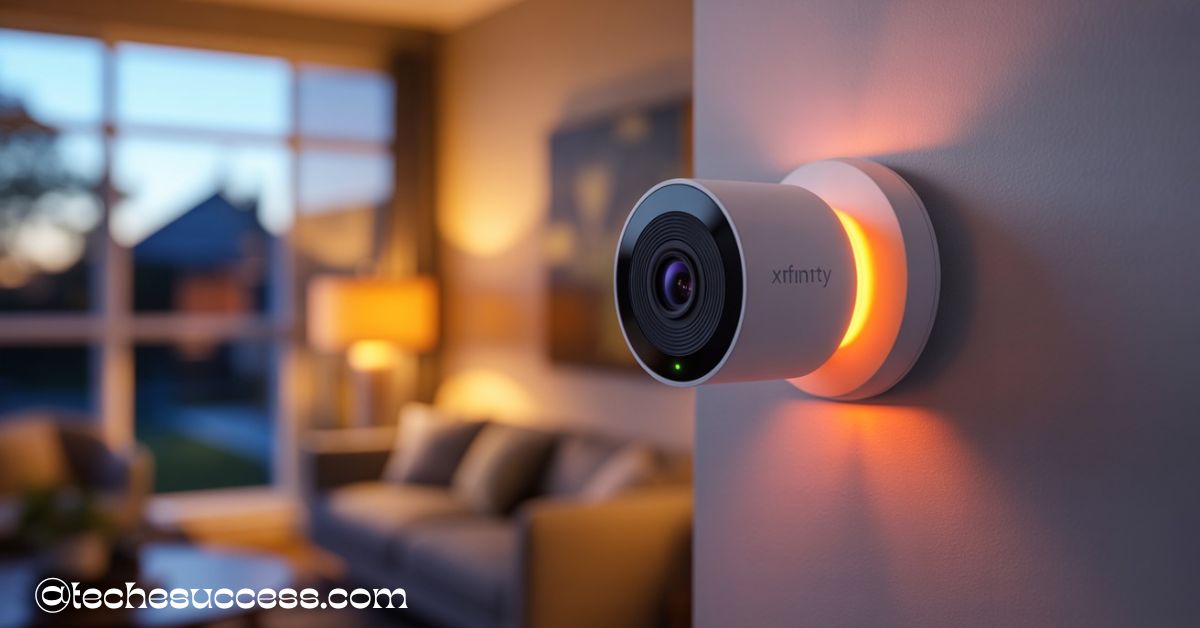
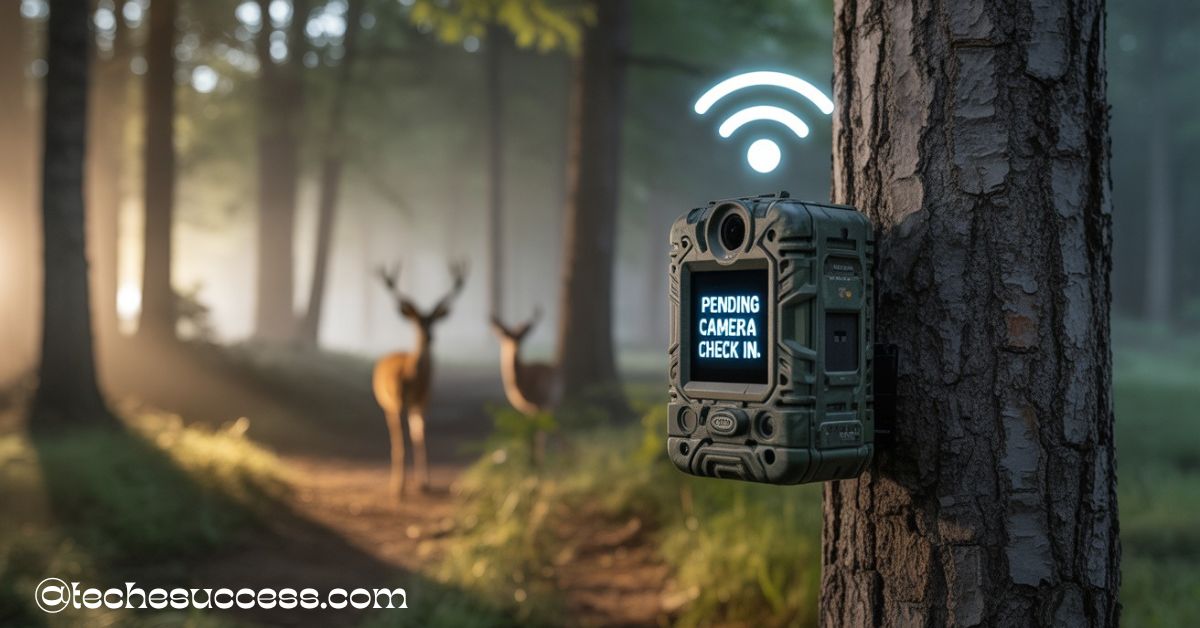

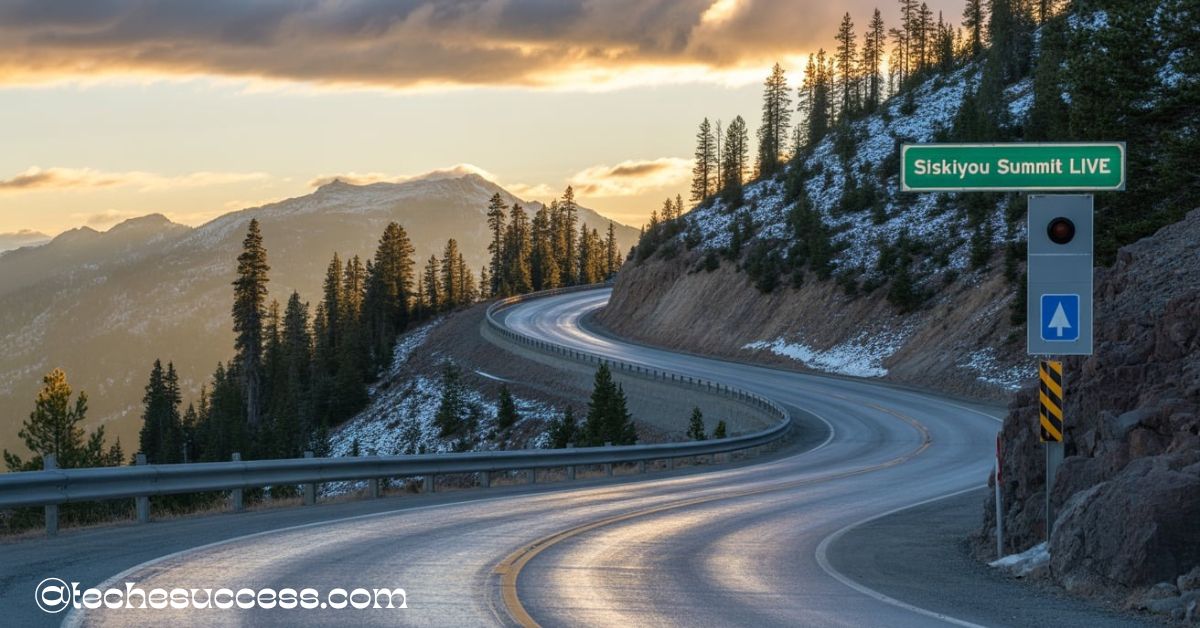
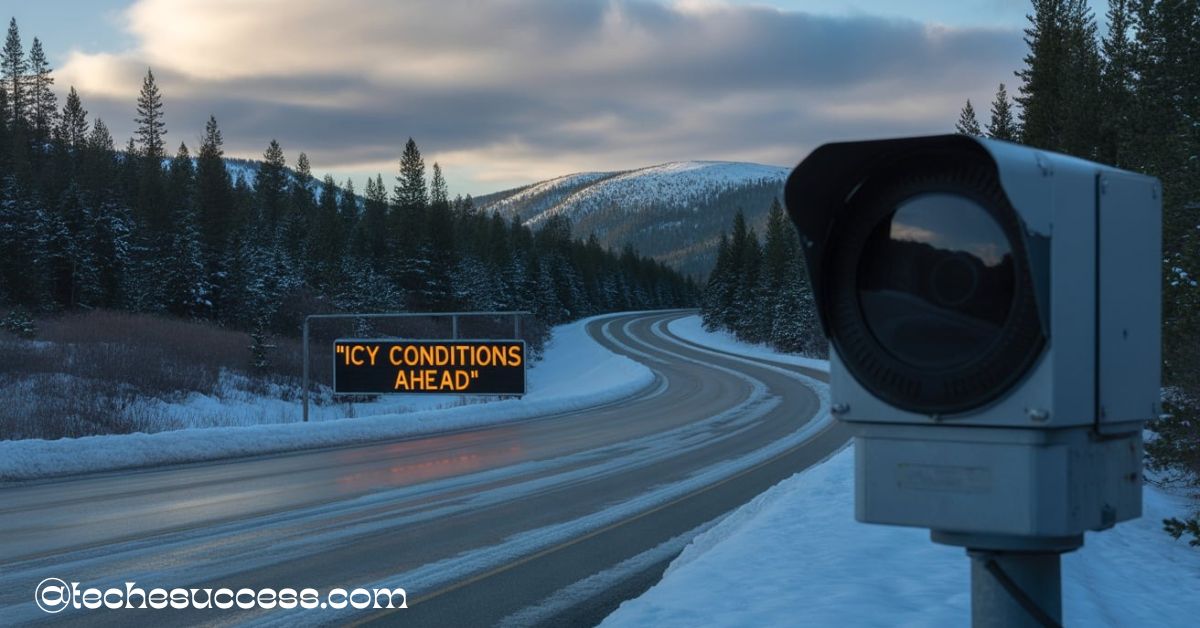

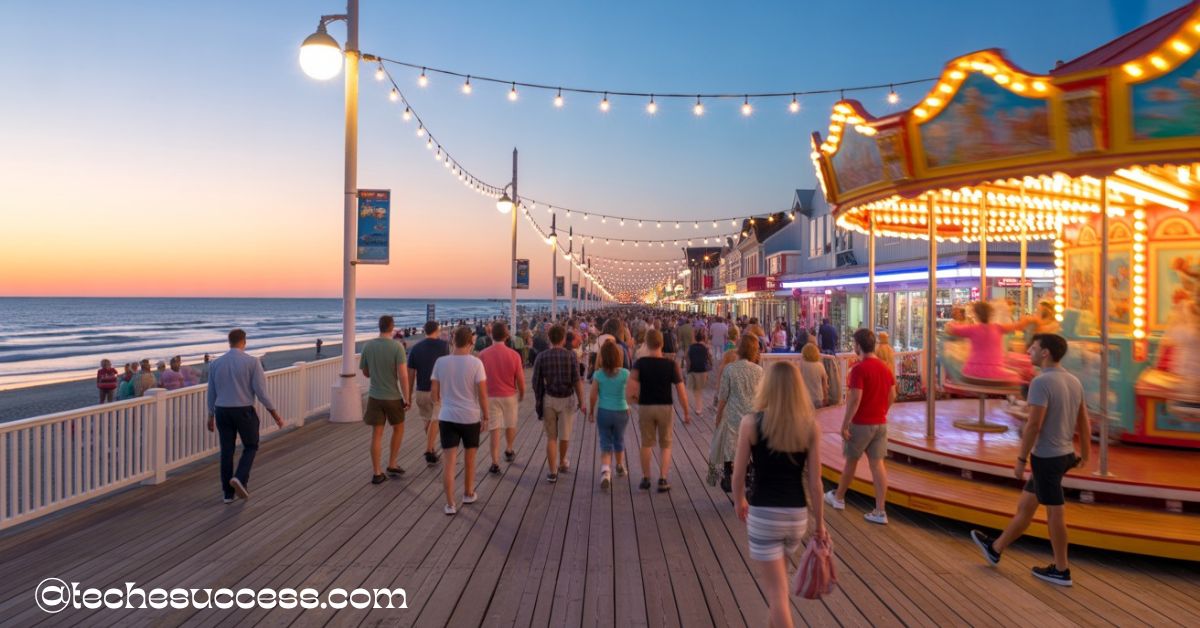


Leave a Reply